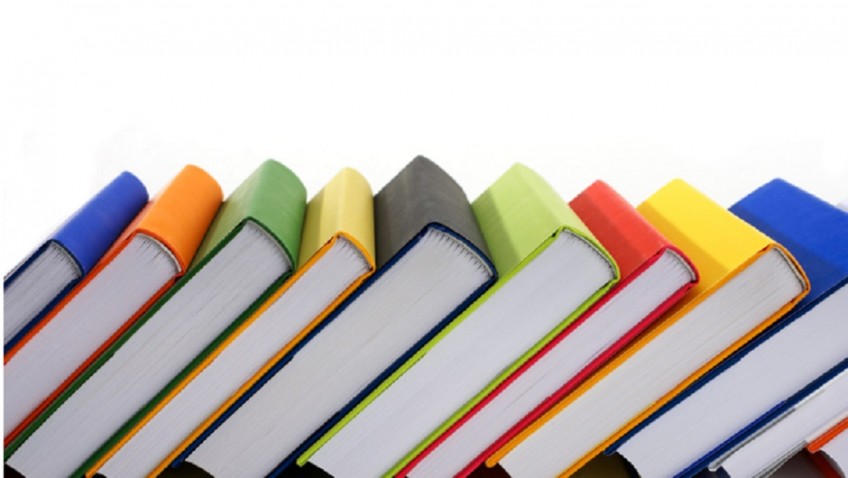Robert Tanitch’s Round-up of Books. No 4
 PAUL CEZANNE Drawings and Watercolours (Thames & Hudson £24.95) Cezanne (1839-1906) was the greatest of the Post-Impressionists and a key figure in the development of 20th century art. Matisse and Picasso said Cezanne was “the father of us all” and the purpose of this book, which covers his whole practice, is to see how he achieves his pursuit of reality and to follow his exploration for a definitive means of visual representation.
PAUL CEZANNE Drawings and Watercolours (Thames & Hudson £24.95) Cezanne (1839-1906) was the greatest of the Post-Impressionists and a key figure in the development of 20th century art. Matisse and Picasso said Cezanne was “the father of us all” and the purpose of this book, which covers his whole practice, is to see how he achieves his pursuit of reality and to follow his exploration for a definitive means of visual representation.
 RIVERA by Andrea Kettenmann. (Taschen £8.99). One of the high spots of Mexico City is the Diego Riviera murals on the three storeys in the courtyard at the Ministry of Education and other walls. (Why don’t we in the UK also liven up their public building?) This book is part of the excellent Taschen Basic Arts Series which includes Mucha, Klee, Magritte, Hooper and Kandinsky – and all at a fantastic price which makes it very easy to build up a library
RIVERA by Andrea Kettenmann. (Taschen £8.99). One of the high spots of Mexico City is the Diego Riviera murals on the three storeys in the courtyard at the Ministry of Education and other walls. (Why don’t we in the UK also liven up their public building?) This book is part of the excellent Taschen Basic Arts Series which includes Mucha, Klee, Magritte, Hooper and Kandinsky – and all at a fantastic price which makes it very easy to build up a library
 ELLSWORTH KELLY by Tricia Y Pail (Phaidon £75.00). Kelly is a crucial link between early 20th century Europe avant garde and mid 20th century American avant garde. He is now in his nineties and still painting. One of his main goals was to create anonymous art absent of artistic personality – yet his abstractions are such that they are instantly recognizable as Kelly. All his major work is here, a definitive monograph, superbly presented; and for many he will be a revelation. He uses a single colour with such bright and such bold intensity. The impact increases with each turn of the page.
ELLSWORTH KELLY by Tricia Y Pail (Phaidon £75.00). Kelly is a crucial link between early 20th century Europe avant garde and mid 20th century American avant garde. He is now in his nineties and still painting. One of his main goals was to create anonymous art absent of artistic personality – yet his abstractions are such that they are instantly recognizable as Kelly. All his major work is here, a definitive monograph, superbly presented; and for many he will be a revelation. He uses a single colour with such bright and such bold intensity. The impact increases with each turn of the page.
 ANTHONY GORMLEY ON SCULPTURE (Thames & Hudson £19.95) is terrific value and very accessible. The issue with Gormley is how to energise things. “The idea of a museum as a warehouse of beauty and treasure is really very sad,” he says. What better way to look at his sculptures (photographed in situ) with his commentary: I have (he says) treated my own existence and its vehicle, my body, as a test site. What better way to look at the sculpture of Epstein, Brancusi, Giacometti, Beuys and Serra than through his eyes. Buddhism has influenced him: “You can make sculpture about being rather than doing.”
ANTHONY GORMLEY ON SCULPTURE (Thames & Hudson £19.95) is terrific value and very accessible. The issue with Gormley is how to energise things. “The idea of a museum as a warehouse of beauty and treasure is really very sad,” he says. What better way to look at his sculptures (photographed in situ) with his commentary: I have (he says) treated my own existence and its vehicle, my body, as a test site. What better way to look at the sculpture of Epstein, Brancusi, Giacometti, Beuys and Serra than through his eyes. Buddhism has influenced him: “You can make sculpture about being rather than doing.”
 FRANK AUERBACH Speaking and Painting (Thames & Hudson £19.95). The paintings are of friends, family and surroundings in North London. Catherine Lampert’s text (a good read and a useful companion to his work) describes his working method and philosophy: “My vision of painting,” he says, “was an explosion… I always finish a picture in anger.” His brushwork is vigorous and precise. His work, in its graphic brusqueness, is progressively destructive: “I think one does a good painting by destroying a rather good one, not by destroying a rotten one… Painting is the best game I have ever played. Why would I want to do anything else?” Auerbach paints every day.
FRANK AUERBACH Speaking and Painting (Thames & Hudson £19.95). The paintings are of friends, family and surroundings in North London. Catherine Lampert’s text (a good read and a useful companion to his work) describes his working method and philosophy: “My vision of painting,” he says, “was an explosion… I always finish a picture in anger.” His brushwork is vigorous and precise. His work, in its graphic brusqueness, is progressively destructive: “I think one does a good painting by destroying a rather good one, not by destroying a rotten one… Painting is the best game I have ever played. Why would I want to do anything else?” Auerbach paints every day.










